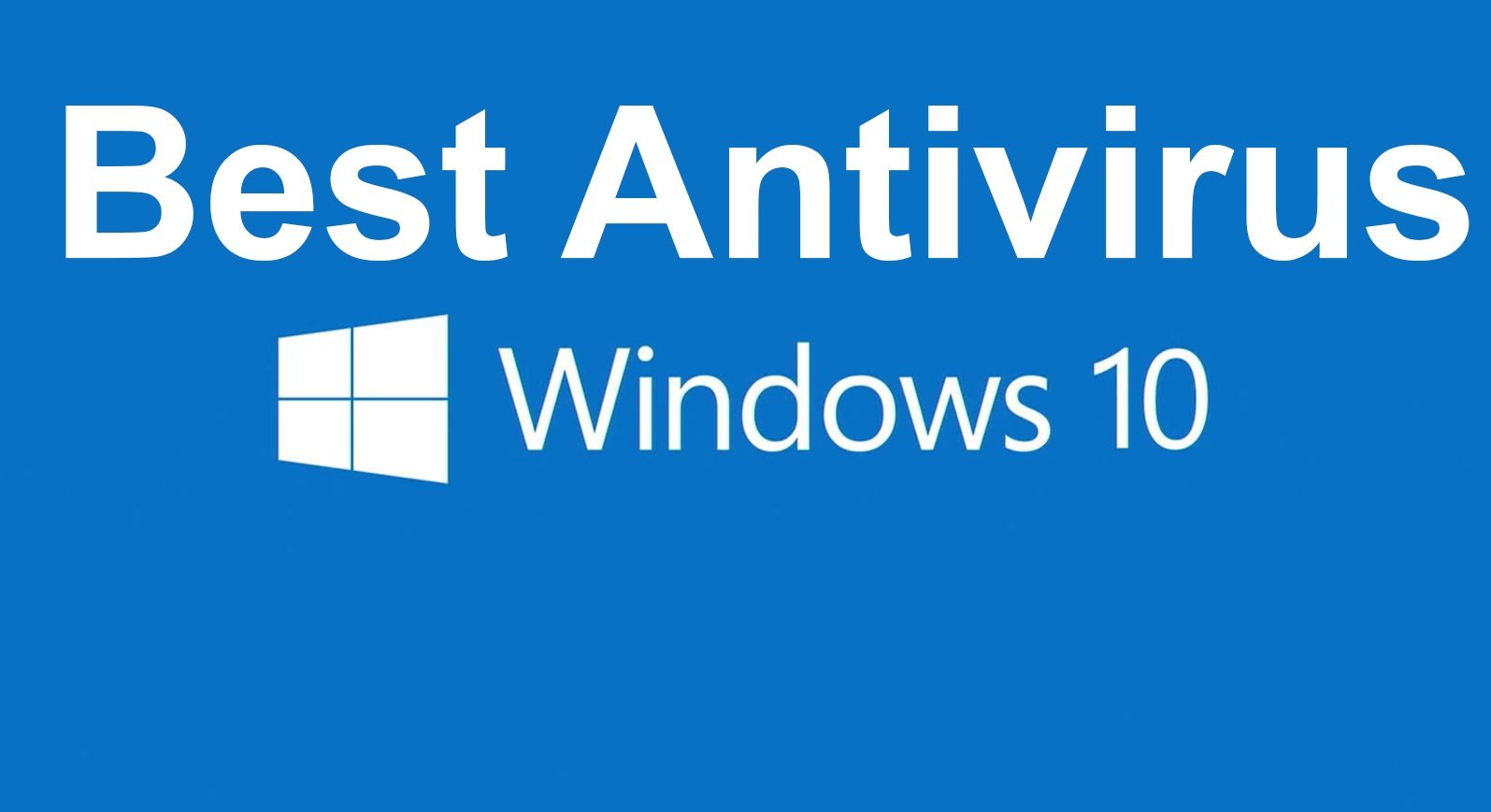

But if you install apps from third-party websites, it may prompt you to grant them access. So in short, the Defender Firewall is on by default and allows programs or services it deems safe, such as Windows Update.

Once this connection is established, your firewall will remember the IP address and port it uses and not bug you about it again. If you do, the app will communicate with your computer, syncing files both from your device to your online storage space and vice versa, depending on your app settings. Once you download and install the Dropbox app, the Windows Defender Firewall may prompt you to grant the app access. Let’s say you use an online storage service like Dropbox to back up some of your data online. This is called establishing an inbound connection. It also permits connections that are a response to that, like receiving website content from a server. A firewall looks at both of these, providing or blocking access based on whether it deems the request safe or not.īy default, Windows Defender Firewall allows outbound connections initiated on your computer or network, like browsing a website. Most computers and networks use IP addresses and ports to connect with each other. It inspects incoming or outgoing packets of data and blocks them or allows them to pass based on simple rules.ĭata packets are exchanged whenever an app on your computer connects to the internet, or when a software provider communicates with an app on your device. WHAT YOU NEED TO KNOW ABOUT YOUR BUILT-IN FIREWALLĪ firewall creates a wall between your computer and other computers or networks. We’ll also show you why you might still need an antivirus. In this post, we’ll help you understand Windows Defender’s role better and see what its firewall can do for you. So far so good, but can you rely on Windows Defender and its firewall? Before Windows 10, this firewall was simply known as Windows Firewall. If you’ve been using Windows for a long time, you will recall that the OS has featured a firewall since Windows XP. But in Windows 10, it has firewall capabilities through the Windows Defender Firewall, which is the updated version of the classic firewall built into the world’s most popular operating system. Windows Defender is essentially an anti-malware scanner.

By doing this, it makes it harder for malware or hackers to get to you. It prevents possibly unsafe apps from connecting to the internet without your consent, as well as unsolicited external attempts to connect to your network. It filters internet traffic coming in and going out of your computer to minimize security risks. The “new” Windows Defender Firewall works much in the same way as ever.


 0 kommentar(er)
0 kommentar(er)
